Anritsu MT1000A Contact Tester Detailed Description, Feature Summary
The Anritsu MT1000A is a versatile network tester that performs a wide range of tests on communication networks, such as Ethernet, CPRI, OTDR, OTN, SONET/SDH, and PTP.It is a compact, battery-powered, and easy-to-use unit that can support speeds from 1.5 Mbps to 100 Gbps. It has a modular design that allows you to install different modules and options according to your needs. It also features a simple and intuitive graphical user interface, a large 9-inch screen display, and multiple connectivity options. It can generate reports in PDF, CSV and XML formats for documenting test results. It is a versatile and powerful tool for network installation and maintenance.
Features of the Anritsu MT1000A include:
- One-button network debugging testing and simple network installation and maintenance
- Compact, rugged design for years of service in the most challenging environments
- Linux operating system provides fast boot-up and stable, virus-free operation
- Easy-to-use and intuitive graphical user interface
- field installable modules and options.
- WiFi/Bluetooth/LAN connectivity
- Multiple remote control options, including VNC
- Comprehensive, customisable report generation
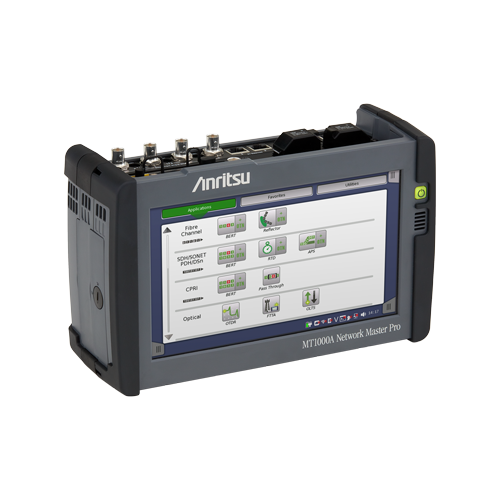
Application industries for the Anritsu MT1000A include:
- Installing and troubleshooting carrier-grade Ethernet circuits
- Installing and testing mobile backhaul and backhaul networks
- Fast and easy testing across all Ethernet, OTN, SDH/SONET, Fibre Channel and CPRI technologies
- Supports 5G base station interface eCPRI/RoE throughput and latency measurements as well as high-precision time synchronisation testing
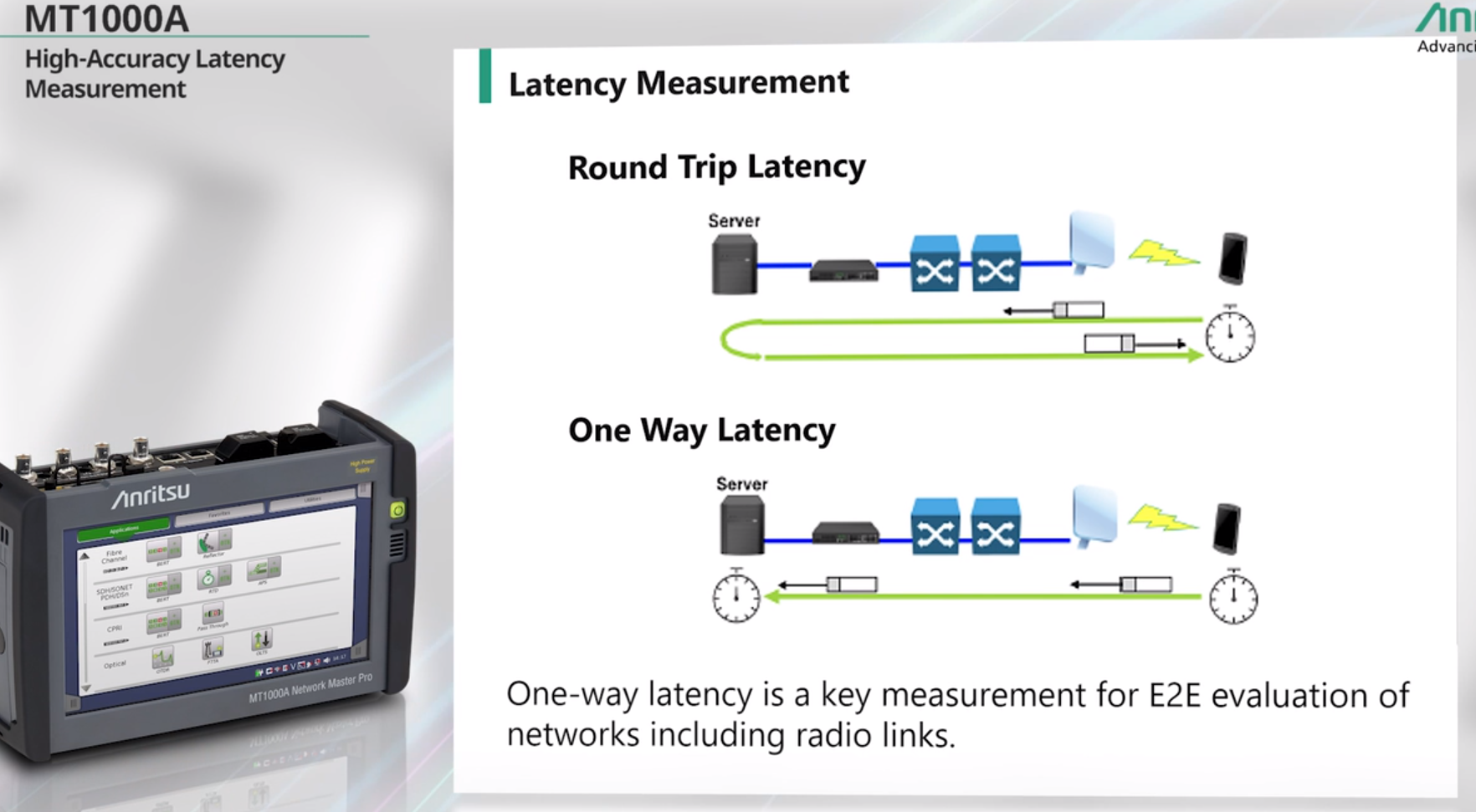
Benefits of the Anritsu MT1000A
- The Anritsu MT1000A is an all-in-one portable tester that supports testing of a wide range of communication networks from 1.5 Mbps to 100 Gbps, including Ethernet, CPRI, OTDR, OTN, SONET/SDH, and PTP.
- With a modular design that allows you to install different modules and options according to your needs, the Anritsu MT1000A offers excellent scalability and flexibility, reducing initial costs and facilitating step-by-step customisation of your investment.
- The Anritsu MT1000A has a simple and intuitive graphical user interface that makes it easy to perform network debugging tests, network installation and maintenance, test result evaluation and troubleshooting. It also allows remote control and report generation via WiFi/Bluetooth/LAN connectivity.
- The Anritsu MT1000A has a compact, rugged design that provides years of service in the most challenging environments. It also features a large 9-inch screen display for easy viewing of results indoors or outdoors.
- The Anritsu MT1000A uses the Linux operating system to provide fast startup and stable, virus-free operation. It also supports 5G base station interface eCPRI/RoE throughput and latency measurements as well as high-precision time synchronisation testing.
Disadvantages of the Anritsu MT1000A
- The Anritsu MT1000A is relatively expensive and may be out of the budget of some users. It also has modules and options that need to be purchased additionally, adding to the cost.
- The Anritsu MT1000A is relatively heavy and may not be very portable. It also has a limited battery life and needs to be recharged frequently.
- The operating system of the Anritsu MT1000A is Linux, which may not be suitable for some users who are used to Windows or Mac OS. It also requires software updates via USB or SD card, which may not be very convenient.
- The Anritsu MT1000A's testing features, while rich, may also lead to some complexity and confusion. Users need to be familiar with the various test modes and parameters in order to properly test and analyse.
- The remote control features of the Anritsu MT1000A, while useful, may also present some security risks. Users need to ensure that the network connection is secure and reliable to avoid data leakage or tampering.
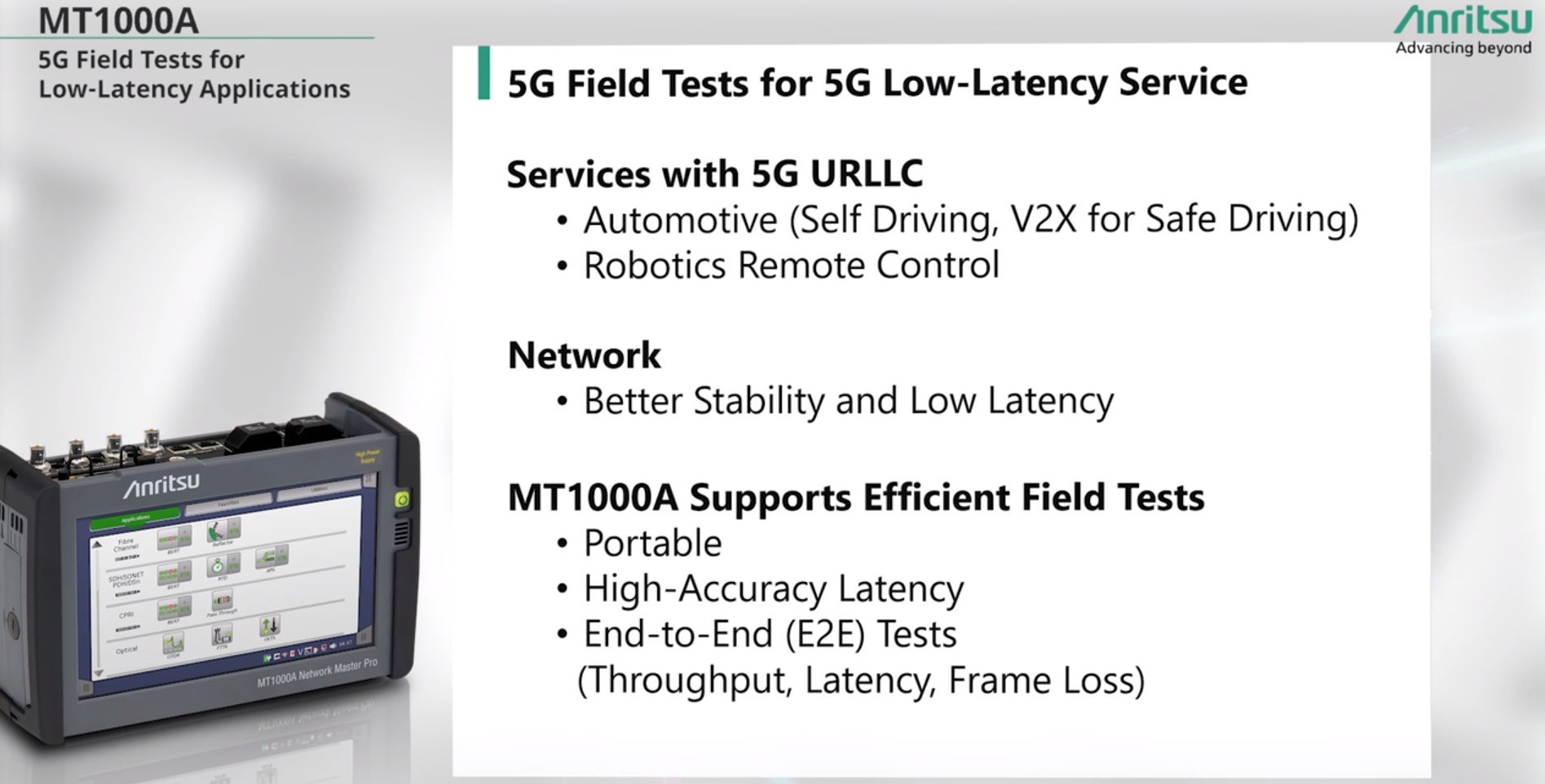
How to use MT1000A to test the Ethernet/IP client service verification function?
- Before using the MT1000A to test the Ethernet/IP client service verification function, you need to install the transport module and connect it to the Ethernet/IP network or device to be tested.The MT1000A supports electrical and optical Ethernet/IP industry standard interfaces from 10 Mbps to 100 Gbps.
- Select the transmission test mode on the MT1000A and configure the test parameters, such as test type, rate, frame length, IP address, VLAN, MPLS, QoS, and so on.
- Start the test and wait for the result. You can view various statistics and graphs on the screen, such as throughput, delay, jitter, packet loss rate, frame loss rate, service configuration test results, etc.
- Save and generate a test report. You can choose PDF, CSV or XML format and transfer the report via WiFi/Bluetooth/LAN connection.
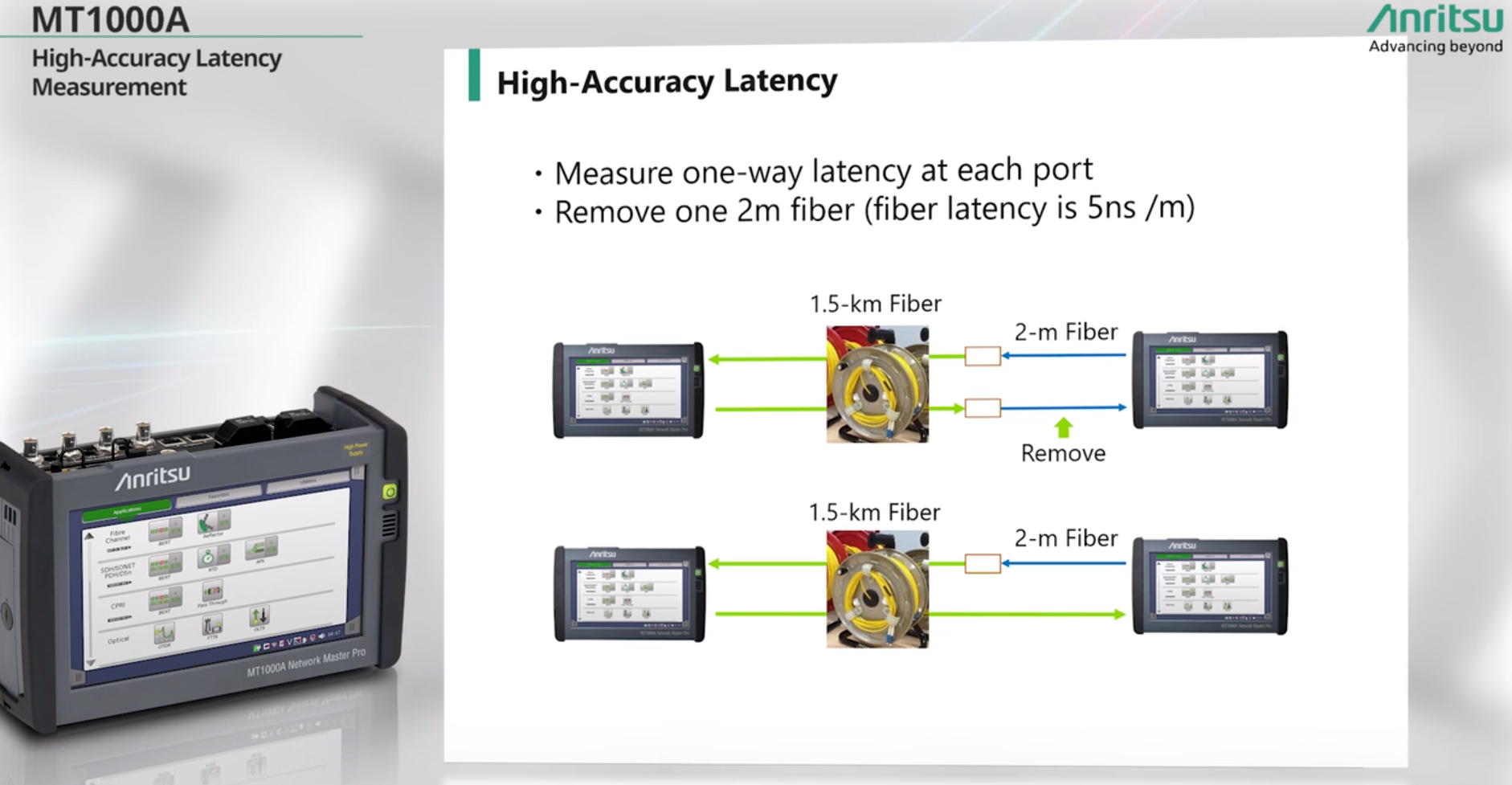
How to use MT1000A to test OTDR?
- Before using the MT1000A to test an OTDR, you need to prepare a transmitting fibre and a receiving fibre (if required) and connect them to each end of the fibre being tested. The transmitting fibre and receiving fibre will eliminate the influence of OTDR ports and connectors and improve the accuracy of the test.
- Switch on the MT1000A and wait for it to warm up. Clean all connectors and adapters. Connect the transmit fibre to the OTDR port on the MT1000A.
- Select the OTDR test mode on the MT1000A and configure the test parameters such as wavelength, pulse width, measurement distance, measurement time, refractive index, etc.
- Start the test and wait for the result. You can view the OTDR traces and event table on the screen, or switch to Fibre Optic Visualiser mode to view graphical summary and problem location.
- Save and generate a test report. You can choose PDF, CSV or XML format and transfer the report via WiFi/Bluetooth/LAN connection.
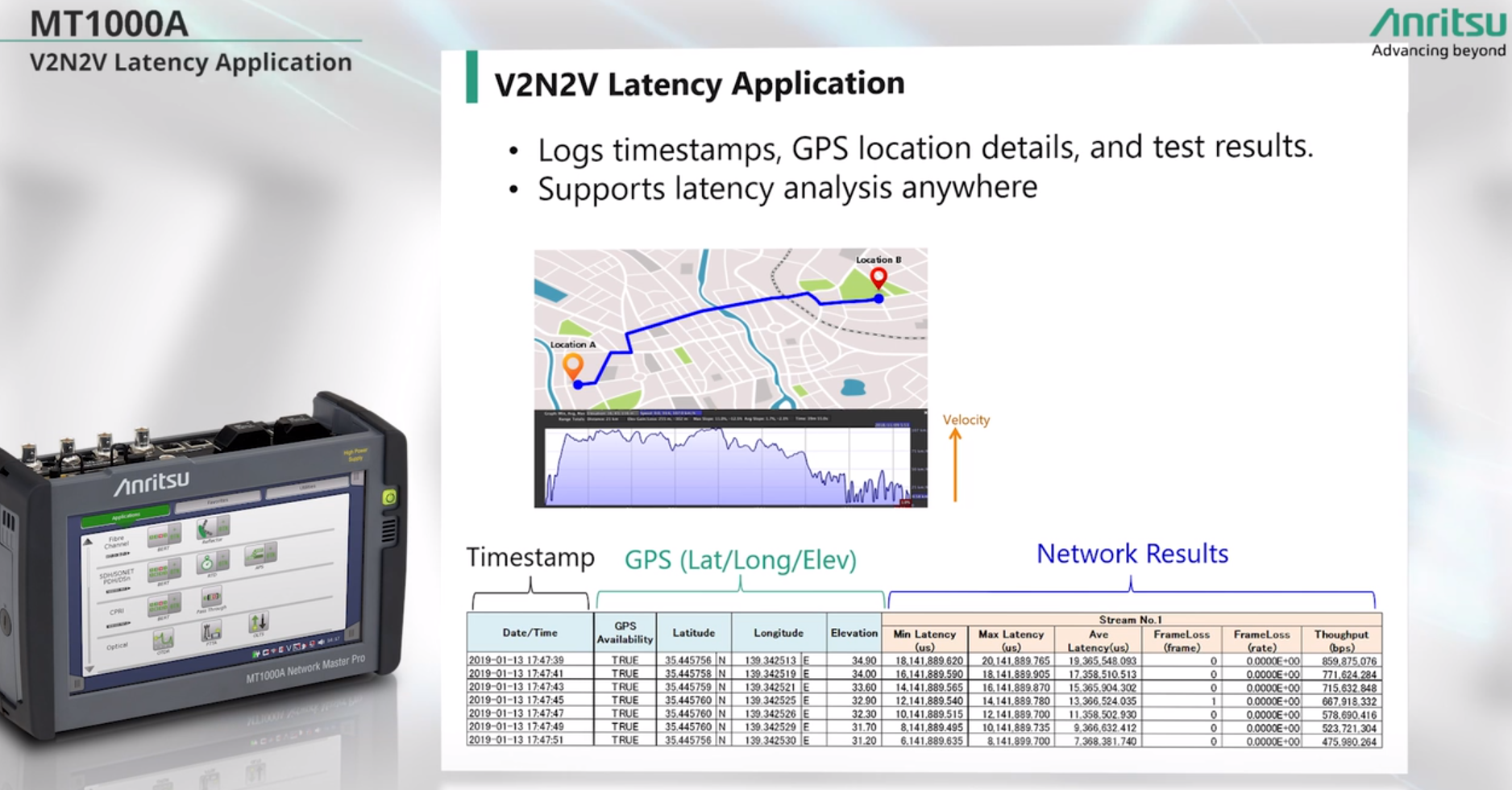
How to test CPRI interface with MT1000A?
- Connect the fibre between MT1000A and RRH
- Select the CPRI test mode on the MT1000A
- Configure the CPRI interface rate options (from 1 to 8)
- Simulate the BBU and perform the following tests:
- Confirm that the RRH starts up correctly
- Verify that the RRH starts up correctly Verify that the fibre is connected correctly
- Verify that the correct wavelength SFP/SFP+ module is installed
- Test the performance and quality of the CPRI link
- Analyse RF IQ signal frequency characteristics
- Detect uplink RF interference signals
- Save and generate test reports

The Anritsu MT1000A is a versatile network tester that performs a wide range of tests on communication networks, such as Ethernet, CPRI, OTDR, OTN, SONET/SDH, and PTP.It is a compact, battery-powered, and easy-to-use unit that can support speeds from 1.5 Mbps to 100 Gbps. It has a modular design that allows you to install different modules and options according to your needs. It also features a simple and intuitive graphical user interface, a large 9-inch screen display, and multiple connectivity options. It can generate reports in PDF, CSV and XML formats for documenting test results. It is a versatile and powerful tool for network installation and maintenance.
Features of the Anritsu MT1000A include:
- One-button network debugging testing and simple network installation and maintenance
- Compact, rugged design for years of service in the most challenging environments
- Linux operating system provides fast boot-up and stable, virus-free operation
- Easy-to-use and intuitive graphical user interface
- field installable modules and options.
- WiFi/Bluetooth/LAN connectivity
- Multiple remote control options, including VNC
- Comprehensive, customisable report generation

Application industries for the Anritsu MT1000A include:
- Installing and troubleshooting carrier-grade Ethernet circuits
- Installing and testing mobile backhaul and backhaul networks
- Fast and easy testing across all Ethernet, OTN, SDH/SONET, Fibre Channel and CPRI technologies
- Supports 5G base station interface eCPRI/RoE throughput and latency measurements as well as high-precision time synchronisation testing

Benefits of the Anritsu MT1000A
- The Anritsu MT1000A is an all-in-one portable tester that supports testing of a wide range of communication networks from 1.5 Mbps to 100 Gbps, including Ethernet, CPRI, OTDR, OTN, SONET/SDH, and PTP.
- With a modular design that allows you to install different modules and options according to your needs, the Anritsu MT1000A offers excellent scalability and flexibility, reducing initial costs and facilitating step-by-step customisation of your investment.
- The Anritsu MT1000A has a simple and intuitive graphical user interface that makes it easy to perform network debugging tests, network installation and maintenance, test result evaluation and troubleshooting. It also allows remote control and report generation via WiFi/Bluetooth/LAN connectivity.
- The Anritsu MT1000A has a compact, rugged design that provides years of service in the most challenging environments. It also features a large 9-inch screen display for easy viewing of results indoors or outdoors.
- The Anritsu MT1000A uses the Linux operating system to provide fast startup and stable, virus-free operation. It also supports 5G base station interface eCPRI/RoE throughput and latency measurements as well as high-precision time synchronisation testing.
Disadvantages of the Anritsu MT1000A
- The Anritsu MT1000A is relatively expensive and may be out of the budget of some users. It also has modules and options that need to be purchased additionally, adding to the cost.
- The Anritsu MT1000A is relatively heavy and may not be very portable. It also has a limited battery life and needs to be recharged frequently.
- The operating system of the Anritsu MT1000A is Linux, which may not be suitable for some users who are used to Windows or Mac OS. It also requires software updates via USB or SD card, which may not be very convenient.
- The Anritsu MT1000A's testing features, while rich, may also lead to some complexity and confusion. Users need to be familiar with the various test modes and parameters in order to properly test and analyse.
- The remote control features of the Anritsu MT1000A, while useful, may also present some security risks. Users need to ensure that the network connection is secure and reliable to avoid data leakage or tampering.

How to use MT1000A to test the Ethernet/IP client service verification function?
- Before using the MT1000A to test the Ethernet/IP client service verification function, you need to install the transport module and connect it to the Ethernet/IP network or device to be tested.The MT1000A supports electrical and optical Ethernet/IP industry standard interfaces from 10 Mbps to 100 Gbps.
- Select the transmission test mode on the MT1000A and configure the test parameters, such as test type, rate, frame length, IP address, VLAN, MPLS, QoS, and so on.
- Start the test and wait for the result. You can view various statistics and graphs on the screen, such as throughput, delay, jitter, packet loss rate, frame loss rate, service configuration test results, etc.
- Save and generate a test report. You can choose PDF, CSV or XML format and transfer the report via WiFi/Bluetooth/LAN connection.

How to use MT1000A to test OTDR?
- Before using the MT1000A to test an OTDR, you need to prepare a transmitting fibre and a receiving fibre (if required) and connect them to each end of the fibre being tested. The transmitting fibre and receiving fibre will eliminate the influence of OTDR ports and connectors and improve the accuracy of the test.
- Switch on the MT1000A and wait for it to warm up. Clean all connectors and adapters. Connect the transmit fibre to the OTDR port on the MT1000A.
- Select the OTDR test mode on the MT1000A and configure the test parameters such as wavelength, pulse width, measurement distance, measurement time, refractive index, etc.
- Start the test and wait for the result. You can view the OTDR traces and event table on the screen, or switch to Fibre Optic Visualiser mode to view graphical summary and problem location.
- Save and generate a test report. You can choose PDF, CSV or XML format and transfer the report via WiFi/Bluetooth/LAN connection.

How to test CPRI interface with MT1000A?
- Connect the fibre between MT1000A and RRH
- Select the CPRI test mode on the MT1000A
- Configure the CPRI interface rate options (from 1 to 8)
- Simulate the BBU and perform the following tests:
- Confirm that the RRH starts up correctly
- Verify that the RRH starts up correctly Verify that the fibre is connected correctly
- Verify that the correct wavelength SFP/SFP+ module is installed
- Test the performance and quality of the CPRI link
- Analyse RF IQ signal frequency characteristics
- Detect uplink RF interference signals
- Save and generate test reports








